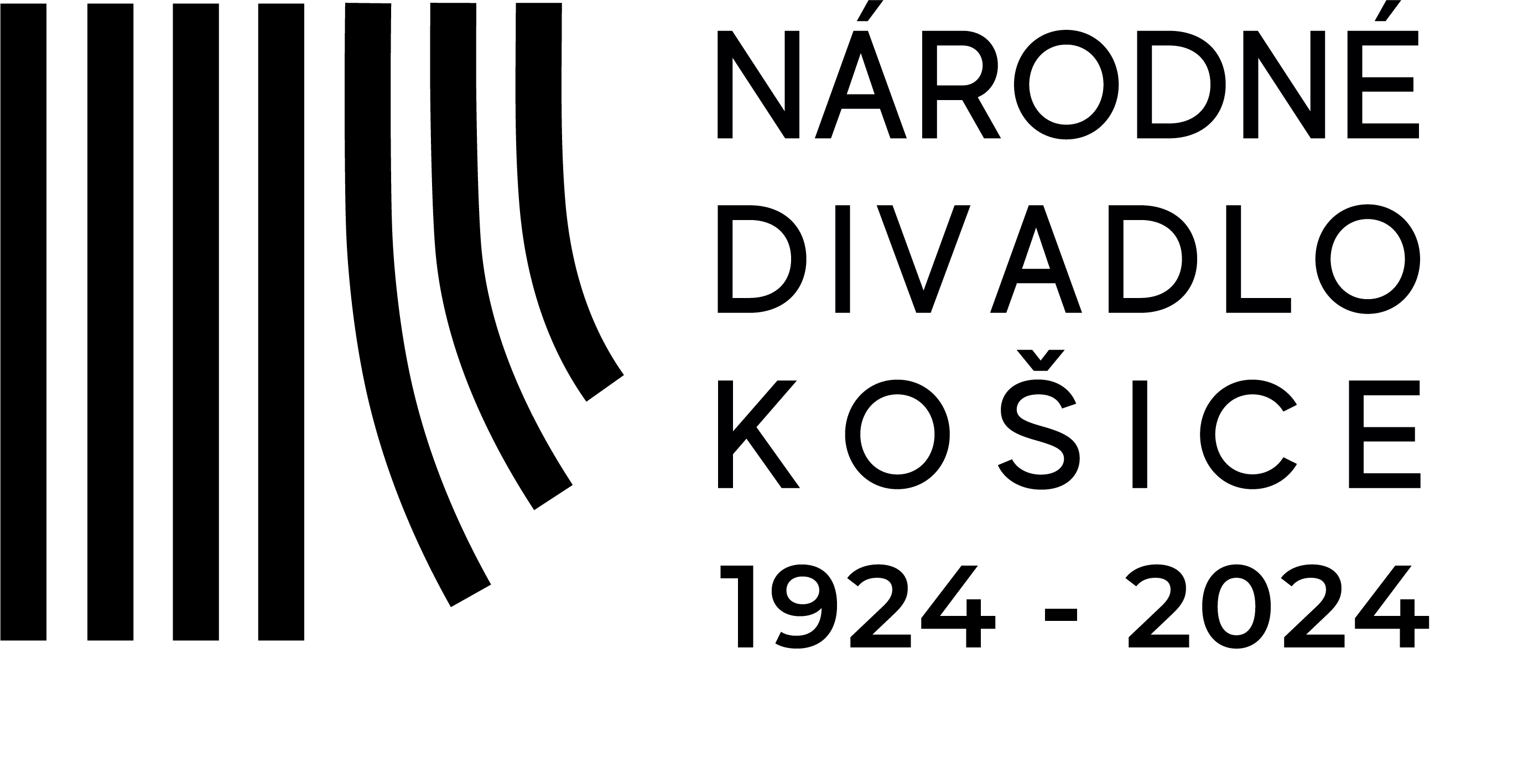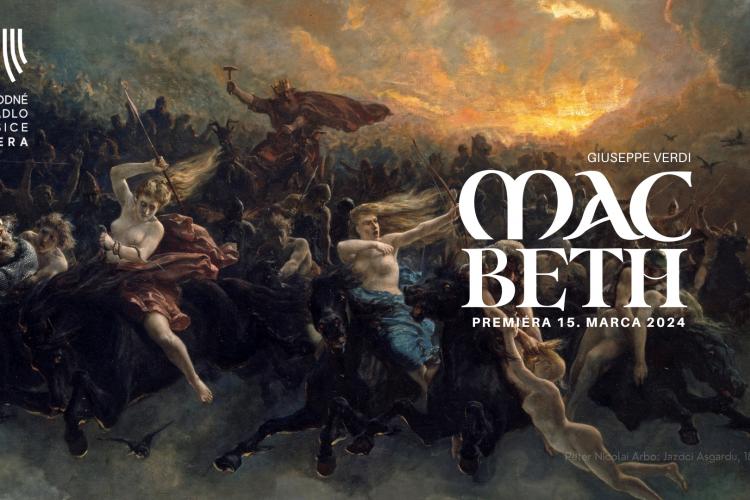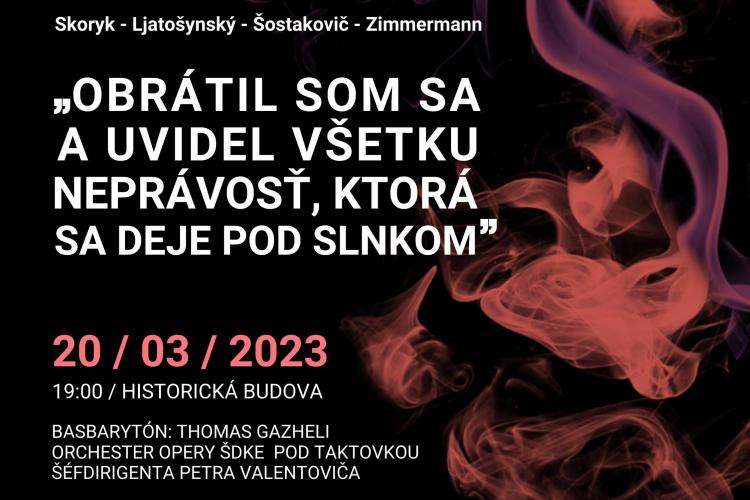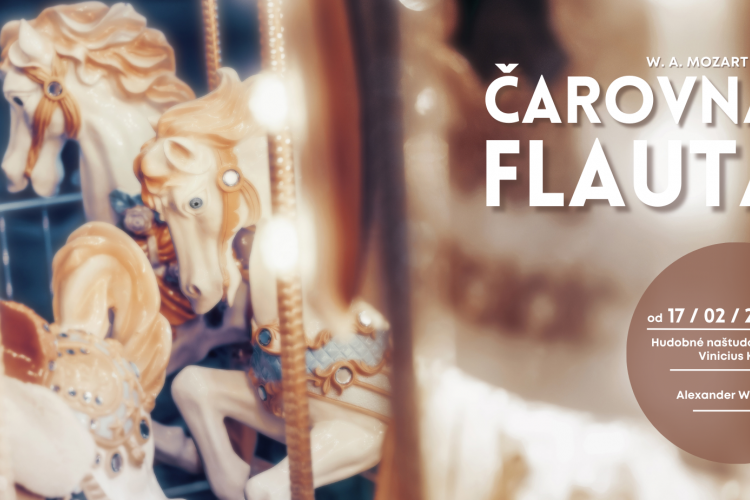The premiere of Tosca by Giacomo Puccini in the State Theatre Košice, that was postponed from February to May, 10 due to pandemic, was marred by war in Ukraine that is only 100 kilometres from us. Bass-baritone Mihály Podkopájev, who was originally cast, received a call of duty to serve in Ukrainian army and thus was unable to travel to Slovakia. "Following more than two months," says opera director Roland Khern Tóth, "We must go on standardly despite catastrophes, and thus enable people to endure." The atmosphere in the city with the second largest theatre and the largest heritage zone in Slovakia is tranquil. You can see no flags exhibited by war opponents in the city centre or in the outskirts.
A large neo-baroque theatre is located directly in the historical centre of Košice. The personnel kindly hold swing doors for the visitors. Bouquets are handed over on stage during a long final applause in a classy manner. Though many visitors come in leisure time outfits, visitors still feel unique due to the atmosphere of the theatre. Currently, the theatre offers Kálmán’s Duchess of Chicago, in its own adaptation, and Donizetti’s Roberto Devereux. By bringing the titles such as Werther and three-hour ballet on Rudolf Nureyev, Košice Theatre fights for a larger audience crossing the boundaries of its region. The nearest major theatres are in Budapest and Bratislava, 260 and 400 km away, so it is not easy to travel for a single day culture. And so, productions such as Tosca are important for us, the theatre strives to keep the attention and favour of local audience.
Regietheater (director’s theatre) is quite rare or does not exist in Slovakia. That is why you can notice, even in an imposing opera hall with 550 seats, the slightest differences from the previous production. The second largest Slovak theatre, offering both opera and drama hall, celebrates its 75th anniversary as the State Theatre. The institution, however, wishes to be rebranded into a National Theatre and thus distance itself from the label State Theatre – the title assigned to it in the Socialistic period in 1947.
Specially for its new adaptation of Tosca, the theatre has bought a painting of an internationally recognised artist Lucia Tallová. One can only get the full experience of the unique painting at the end of Puccini’s bloody opera that was inspired by Victorien Sardou’s drama. The painting partially veiled in black can be seen no sooner than the climax of the opera. Black and white curved lines rendered in all shades of November greyness make a sharp and vivid contrast with red and gold auditorium. The stage is sharply rising and despite minimalistic lighting, it is never fully dark. Tosca murders Roman chief Scarpia in self-defence, the act is uncovered, her lover Cavaaradossi is shot, and the singer Floria Tosca remains on stage, instead of jumping from the Castle of Angels. Soldiers stand still along with Tosca, or rather lines of her dress blended with Tallová’s painting at the back.
Puccini’s normally overwhelming fatal accords become gentle, almost howling. Sorrowful tones are rare. The theatre orchestra shows sophisticated Puccini’s style. Delicate, tuneful, but still transparent. Excellent chief conductor Peter Valentovič navigates this brutal piece away from veristic style. This is particularly well-suited during the long scene of diva Floria Tosca, squeezed and almost raped by Scarpia. Guest soprano Karine Babajanyan and baritone Marián Lukáč play a subtle game. We see appeal, kind of inappropriate affection between the two. No exaggerated expressiveness, rather a summit of diplomats with vibrant voices. All declamatory parts are clear. Traditionally swiftly and vigorously presented Tosca often lacks Puccini’s true nature, as a composer of small things. The scene unfolds so softly that famous aria Vissid'arte turns into cry stepping out of the drama. Karine Babajanyan have recently sung Tosca on a huge Berlin stage, in Venna Stat Opera, in Leipzig, Paris and she did enjoy and perform the role flawlessly. The production shows fine, gradated nuances, as the director Anton Korenči allows no exaggerated gestures. Tosca’s dress, designed by Boris Hanečka, makes an impression of a statute veiled in textiles with large wing sleeves. It all ends up in a more lyric adaptation offering few, but then more efficient, mighty music entries. Michal Lehotský is rather robust, not subtle, a Cavaradossi with strong, confident tones. Michal Onufer (Angelotti), László Havasi (Sciarrone), Maksym Kutsenko (Spoletta), and Jana Hrubovčáková (shepherd) prove that Košice Opera has a solid and versatile ensemble. Their only Te Deum was just breath-taking.
m strhujúco.






